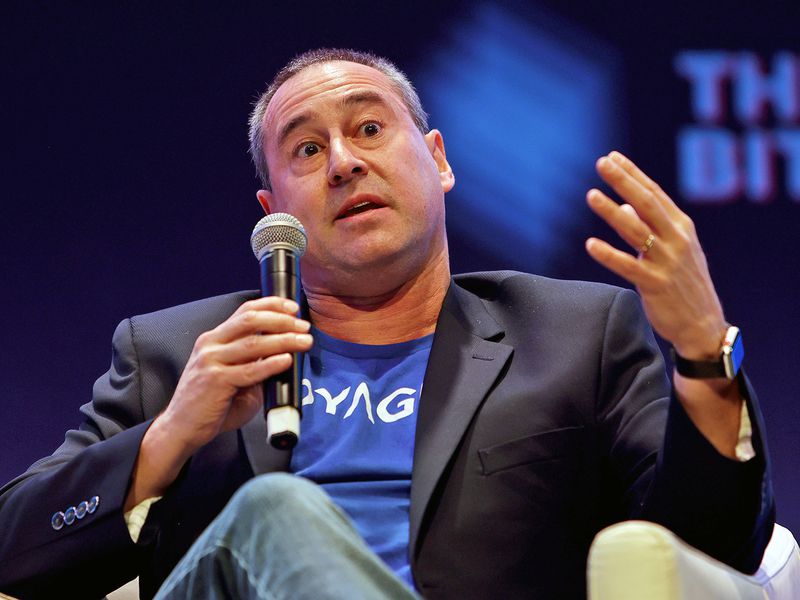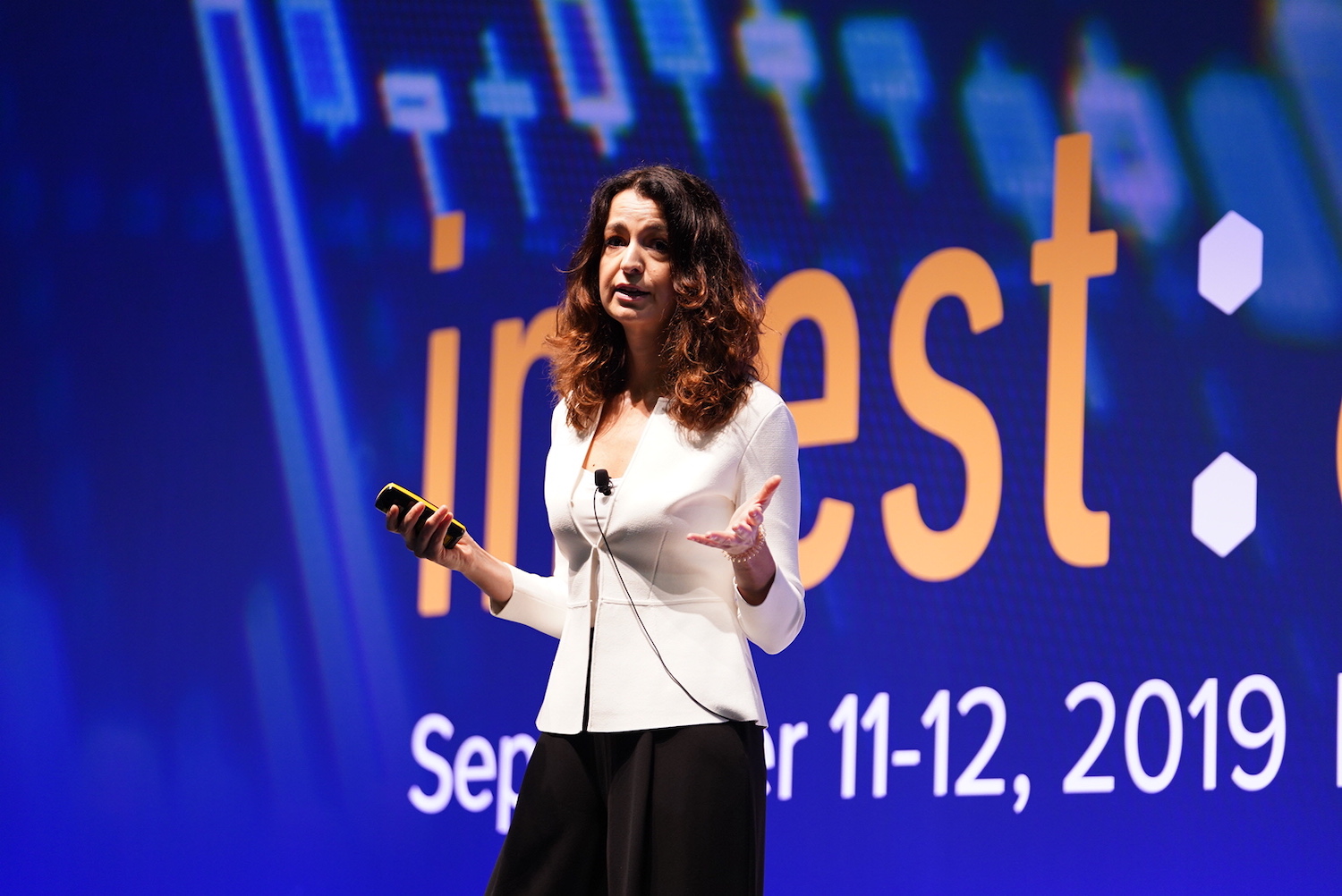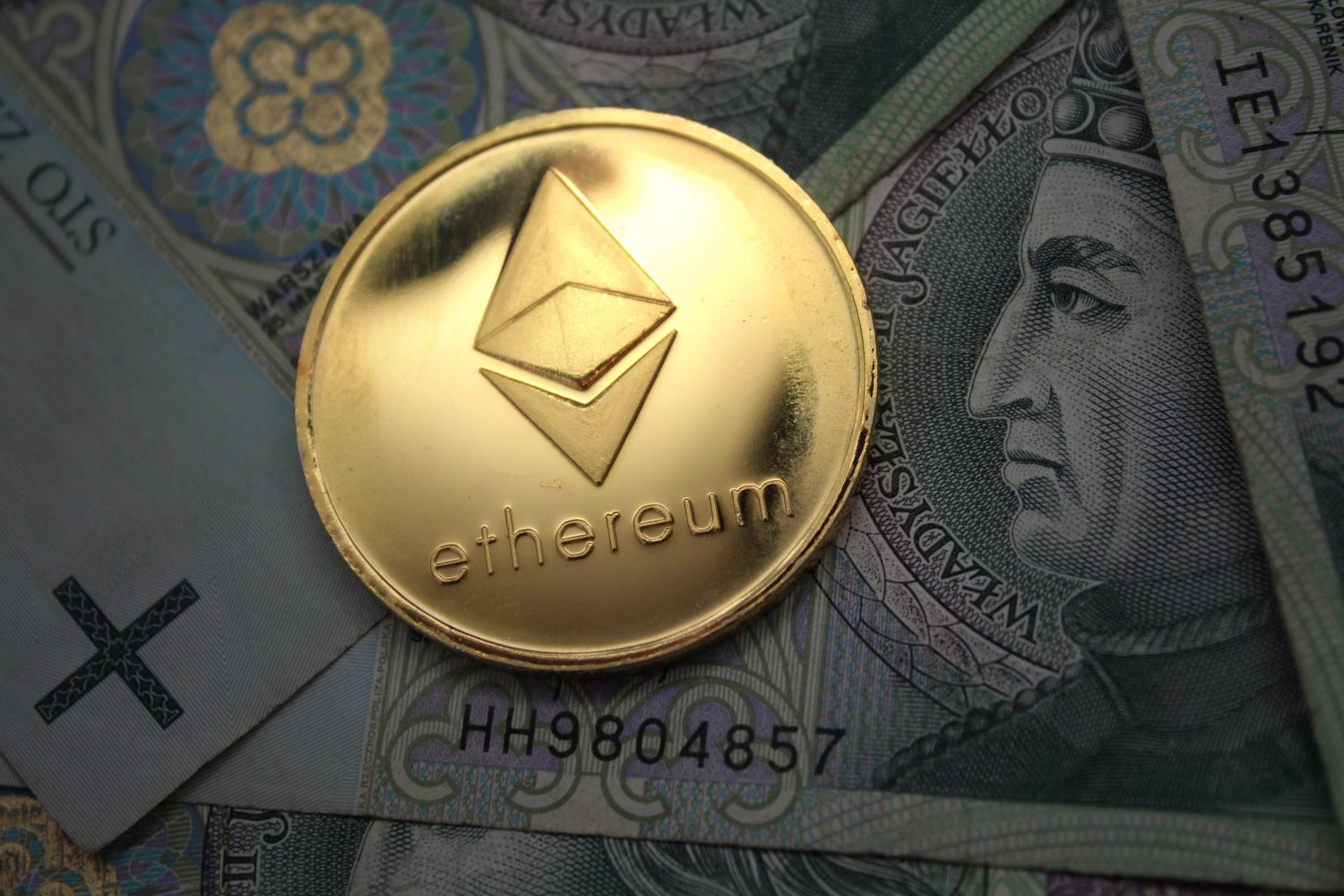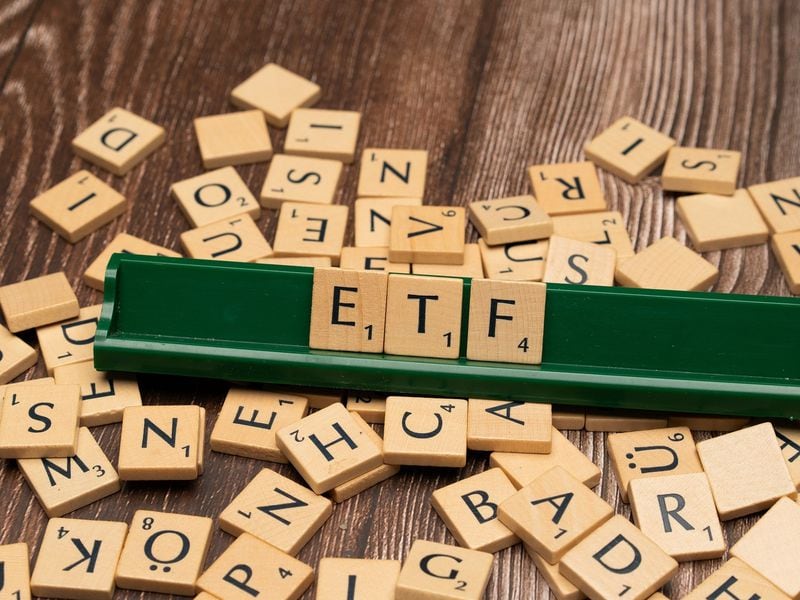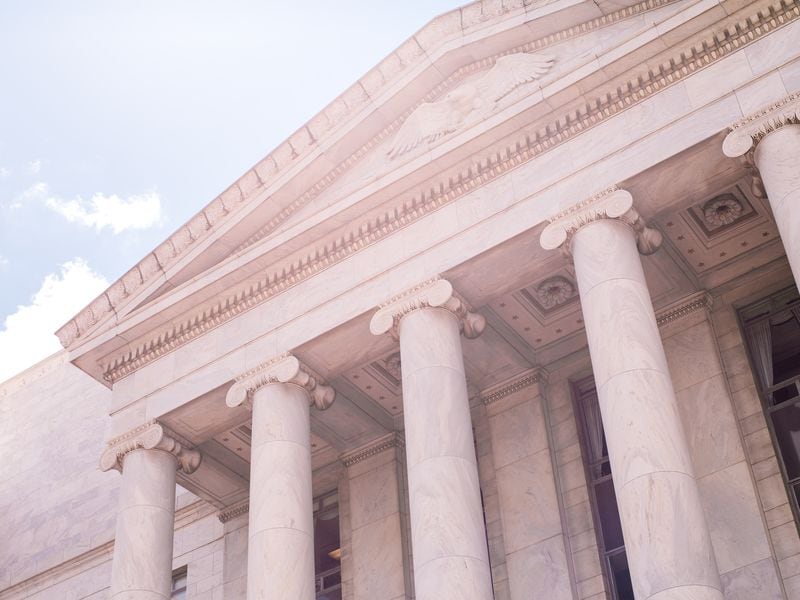I was hoping I could get through the week without mentioning Davos, since the conference has been getting increasingly tedious over the years, not to mention irrelevant.
But, alas, that harsh judgment is largely unfair, since the agenda at the annual meeting of the world’s elite does attempt to tackle large global issues by inviting the ultimate “influencers” to say their piece. We can mock the private jets used to travel to a venue to discuss the perils of climate change, scoff at privileged financiers dismissing tools for financial freedom, and laugh at the hypocrisy of wanting to fight misinformation with censorship. Yet, we can also appreciate the showcasing, parading and parties for the networking opportunities they are. And we can enjoy the glitz of the media coverage, which is increasingly what Davos is about.
Intriguing yet overlooked debates sometimes get surfaced. This happened yesterday, on the Tokenization Economy panel, which I actually enjoyed. It featured good dialogue and smart people, including Circle’s Jeremy Allaire, Stellar’s Denelle Dixon, Euroclear’s Lieve Mostrey and Skybridge’s Anthony Scaramucci.
Noelle Acheson is the former head of research at CoinDesk and Genesis Trading, and host of the CoinDesk Markets Daily podcast. This article is excerpted from her Crypto Is Macro Now newsletter, which focuses on the overlap between the shifting crypto and macro landscapes. These opinions are hers, and nothing she writes should be taken as investment advice.
The discussion was about use cases, regulation, jurisdictional differences – the usual stuff but eloquently said. At the very end, however, just as I was concluding “nice, but nothing new,” an audience-member asked for the panel’s opinion on the regulatory approach of “same activity, same risk, same regulation.”
A-ha! Finally, something potentially controversial.
Euroclear’s Mostrey chimed in first, insisting that regulation has to be technology-agnostic if we don’t want to block progress. This has been Euroclear’s approach so far, issuing a short-term note on their own proprietary blockchain and then passing it over to traditional rails, fully compliant with existing laws.
I get this, and on principle I agree – it’s the outcome that matters when it comes to protection, not the technology. But when it comes to blockchain and securities, the technology does matter a lot. It confers not just new advantages but also new functionalities that the legacy rails can’t contemplate. True, that’s not exactly “same activity.” But insisting that all blockchain-based securities conform to current rules limits the potential at the starting gate. We will only ever get “more of the same” but with some efficiency. Surely we can aim higher.
Even if we accept that we start with the “same” and work with regulators on crafting rules for the “different,” there are still regulatory issues that need addressing. To start with, the Euroclear blockchain-based note needed to be passed to legacy rails in order to be fully compliant. That adds steps, layers and middlemen, which doesn’t sound so efficient to me. Why can’t the blockchain-based note meet the regulatory requirements?
Because recognizing securities transactions natively on a blockchain is not as simple as it sounds. For instance, settlement finality is a key part of securities regulation – when is ownership transferred? In traditional securities, it’s when the seller has accepted payment from the buyer for the asset. This involves many steps, involving clearing houses such as Euroclear. But on a blockchain, settlement “finality” is both atomic (payment and transfer in one step) and usually consensus-based. How much consensus is enough for finality?
This is made even more complicated by the variety of blockchains being used for tokenization: there are public chains, permissioned ones, proprietary networks, and sometimes a hybrid. Different blockchains work in different ways.
There is also a lack of clarity for now as to what reporting is needed for on-chain transactions, and how it should be delivered. Plus, what sort of identity should be used?
And when a security’s whole life cycle is embedded in code, who is responsible if something goes wrong? Depending on the chosen platform, blockchain “fixes” are not at all straightforward.
The Euroclear approach can work: use the blockchain, but repeat everything on legacy rails so the regulators are happy and traditional investors don’t feel excluded. But is it optimal? Is squeezing this new type of asset into an existing structure the most efficient approach? It broadens the potential reach for now by getting it past the gate-keepers – but, ultimately, it’s no more than a very short-term fix.
Circle’s Allaire’s response summed it up succinctly: “Same activity, same rules is still a looking-backward philosophy.”
He used the early days of the Internet as an example. If this philosophy had been applied back then, he said, the world today would look very different. All websites would need to have registered with the Federal Communications Commission. If any were to stream audio, they’d need to get a radio license. For peer-to-peer communication, a platform would need to apply to become a telecom operator. With this maze of requirements, the Internet’s main use would probably still be for exchanging research papers.
Crypto is in a similar situation. I totally agree that regulation should care about outcomes, not the technology. But ignoring the ability of the technology to do things in a radically different way is cutting off the potential just as it takes its first steps.
It’s a difficult problem to solve. Financial assets have a totally different risk profile than publications or audio content. The layers of regulations to protect investors while ring-fencing economies are orders of magnitude more complex, as they should be.
And waiting for new rules to be drafted, that take into account the new characteristics of blockchain-based asset transfer, could end up delaying progress by years.
So, what’s the solution? My preference is for “simple” tokenized securities to be covered by existing rules, to allow crypto-native and legacy market participants to start experimenting with processes and market reactions. Meanwhile, sandboxes should allow for experimentation with the regulators’ blessing. The sandboxes need to recognize that markets are changing, and “out there” ideas could end up becoming the norm of a more efficient tomorrow. It’s not that long ago in the arc of history that electronic trading was regarded as a radical departure from common sense.
Tokenization is a similar leap forward – just as electronic trading unleashed a previously unimaginable range of new types of product and trading strategies, so will blockchain-based markets. Just as electronic trading enabled increasingly sophisticated dashboards to improve both intelligence and reporting, blockchain transparency can reduce risk while enabling new market functionalities.
The potential is much greater than doing something more efficiently. It’s about what we’ll be able to do that we couldn’t before. For that, new rules will be needed – but we can work within the existing ones meanwhile.
Edited by Benjamin Schiller.



